Gardeners’ World 2021 episode 2: With the clocks going forward this weekend, there’s an extra hour of gardening to enjoy. Monty Don makes the most of this as he begins to sow dahlia seeds for summer flowers, reveals a new project and shows what to plant now in the vegetable garden.
Adam Frost is in his own garden as he extends the planting in his gravel garden and reveals his plans for the coming year. Meanwhile, there’s a passionate grower in north London who has filled her home with cacti and succulents.
Last year, Frances Tophill met ecologist and professor of biology Dave Goulson, who has planted his garden with the conservation of insects in mind. And there’s a second chance to meet Poppy Ocotcha as she discusses how she utilises every available space to grow vegetables on her barge.
Gardeners’ World 2021 episode 2
How to grow dahlias
Dahlias put on a show in summer and autumn. They come in a wide range of colours from pastels to brights. Very floriferous, they’re also good for cutting. You can buy dahlia plants in summer that are potted up and in full growth. Alternatively, buy dormant tubers in bags in the garden centre in spring or pre-order dormant tubers and rooted cuttings from specialist nurseries for spring delivery.
To grow on tubers and cuttings, you’ll need a frost-free place like a greenhouse with heating or at least insulating fleece, depending on where you live in the country and how cold it is in spring. Bedding dahlias are often seed-raised and will flower that same season. They usually come in a mix of colours or a single colour strain that’s not as uniform as plants-raised from cuttings.
Plant dahlias on free-draining, lighter soils, where they are more likely to survive the winter. While they will grow on heavy soils, you are more likely to need to lift the tender tubers at the end of autumn as they would otherwise suffer when heavy ground gets colder and soggier in winter.
As dahlias are tender, you’re best starting the tubers into growth in the greenhouse, then plant them in their flowering site after the frosty days are passed. For most in the UK, this is at the end of May, but in Scotland this is more typically early to mid June. (For an alternative method, see Planting dormant tubers below).
Propagating snowdrops
Many bulbs readily multiply by producing offsets without any help from the gardener. But as well as taking advantage of this, it is quite simple to grow more of your favourite bulbs using just a few other techniques, including scaling, bulbils, seed and division. Bulbs can be easily and effectively propagated using a variety of techniques, but always use disease-free material. Try lilies, snowdrops, daffodils, tulips and alliums.
Bulbils can be found in the leaf axils of some lilies including Lilium bulbiferum, L. leichtlinii and L. sargentiae. When ripe, these detach easily and can be pressed into the surface of a pan of compost. Cover with 13mm (½in) of coarse sand or fine grit. Keep frost-free over winter and plant out the entire pan as a clump the following autumn.
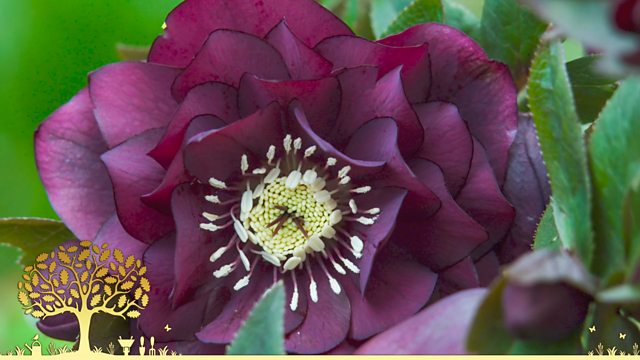
Dogwood – Gardeners’ World 2021 episode 2
Flowering Cornus (dogwood) trees are grown for their showy coloured bracts in late spring and early summer. Shrubby Cornus alba, C. sericea and C. sanguinea are grown for their vivid winter stem colour, while shrubby C.mas (the cornelian cherry) is grown for its winter flowers and summer fruits. This varied group of plants give great garden value.
Water thoroughly in dry spells, especially during the first two to five years after planting, during the establishment phase of growth. Top dress with a balanced granular or powdered fertiliser, such as Growmore or fish, blood and bone, in late winter to early spring, at a rate of 70g per sq m (2oz per sq yd). Supplement with a high potassium feed such as sulphate of potash in spring or summer if flowering seems poor, at 15g per sq m (½oz per sq yd). Mulch the root area with well-rotted organic matter in spring and/or autumn.
Species plants can be propagated from seed, but named cultivars will not come true to type from seed and are better propagated from hardwood or greenwood cuttings. Variegated cultivars of C. controversa (the wedding cake tree) and C. alternifolia (the pagoda dogwood) are usually grafted commercially in winter, but may also be propagated at home from cuttings.
Growing tomatoes – Gardeners’ World 2021 episode 2
Tomatoes produce abundant delicious fruits in a range of colours, shapes and sizes. They are easily grown in gardens, greenhouses or containers, and are appreciated by children and adults alike. Tomatoes are very easy to grow from seed. Alternatively, you can buy tomato plants from late spring from garden centres; these are a good option where you can’t maintain the right conditions for germination and growing on. Grafting your own or buying grafted plants is another way to raise tomatoes.
Sow seed in late March to early April for outdoor crops, and in mid-February for growing in an unheated glasshouse. Seed can be expensive, but usually only a few plants are needed, and germination is usually good.
Ideally, grow on in a glasshouse (or failing this, a well-lit windowsill), spacing plants so that their leaves never touch to avoid legginess. About a month after pricking out, the plants will be ready for planting into their final positions – this is indicated by the first flowers showing their yellow colour. The stress of being grown in the confines of a pot promotes flowers earlier than in less stressful positions, such as growing in the ground.
Moving shrubs
Established trees and shrubs should be only moved if necessary as even with the best care the tree or shrub may fail to thrive or even die. Renovation may be an alternative. Plants resenting root disturbance such as Rosa, Magnolia, Cytisus and Cistus can be tricky to move.
Young plants transplant fairly well, but more established specimens will suffer greater stress and require advanced preparation. As a rule-of-thumb, plants that have been growing in position for more than five years are much less likely to survive transplanting than younger specimens. Consider using a specialist contractor to move mature plants or a large number of trees.
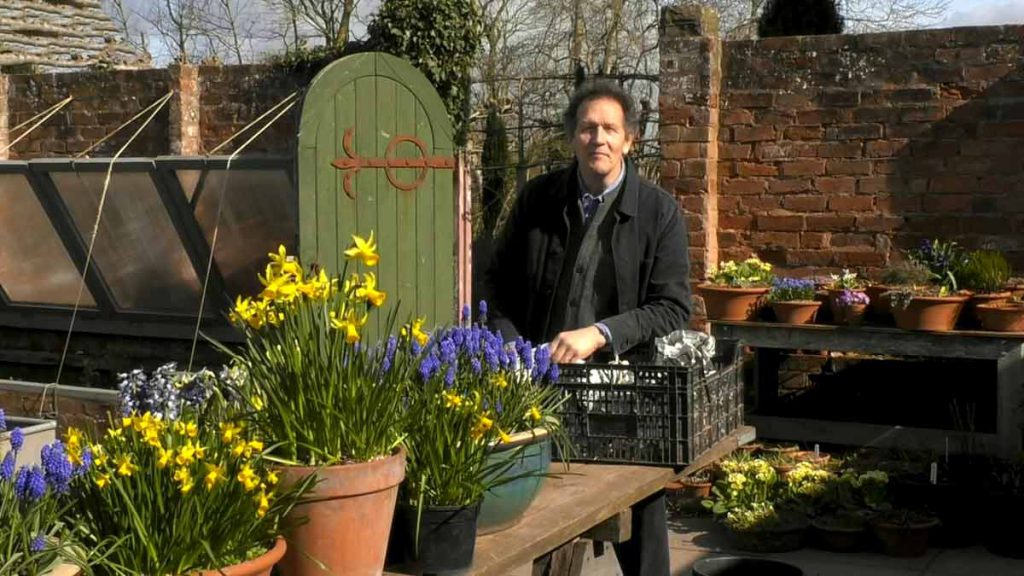

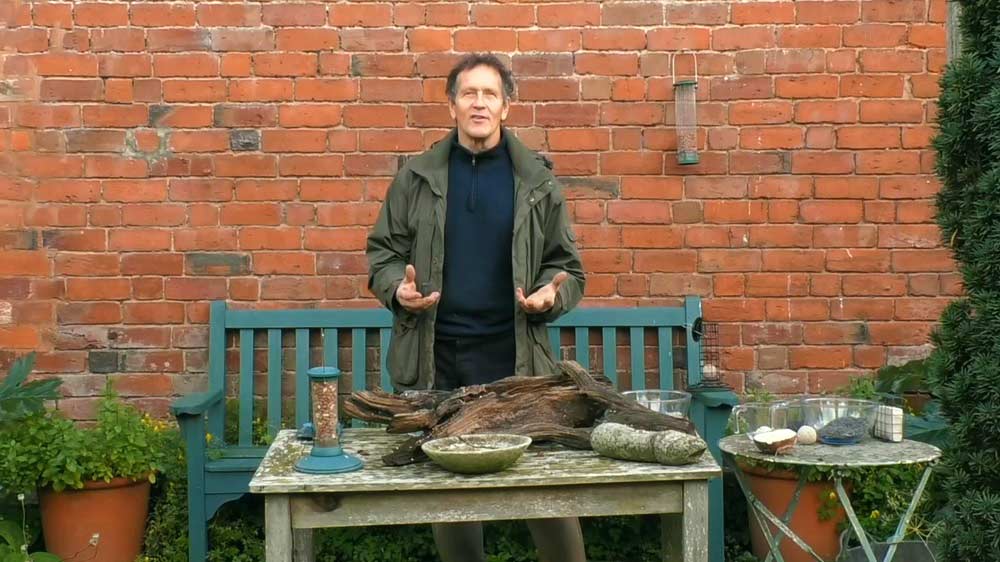
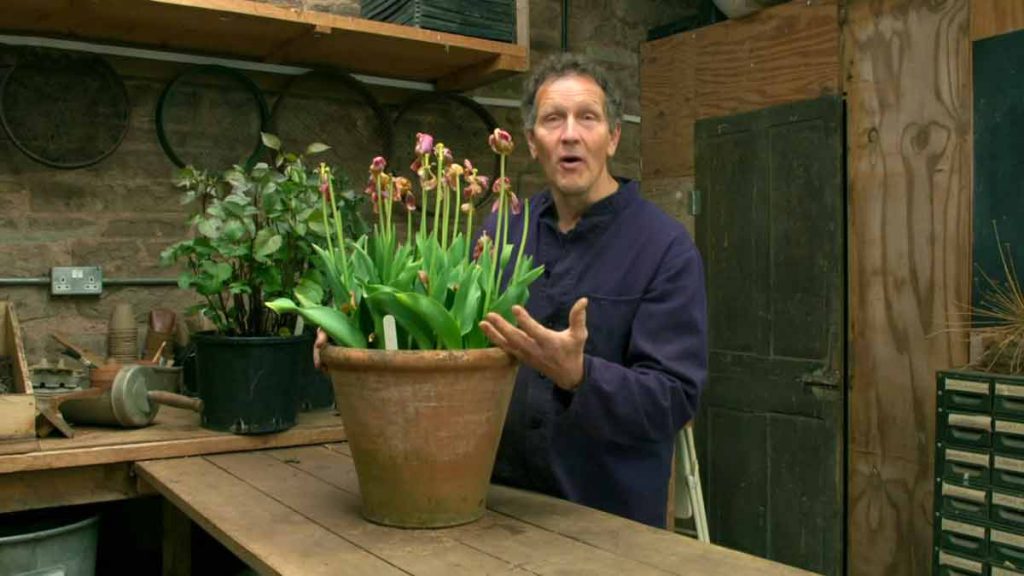
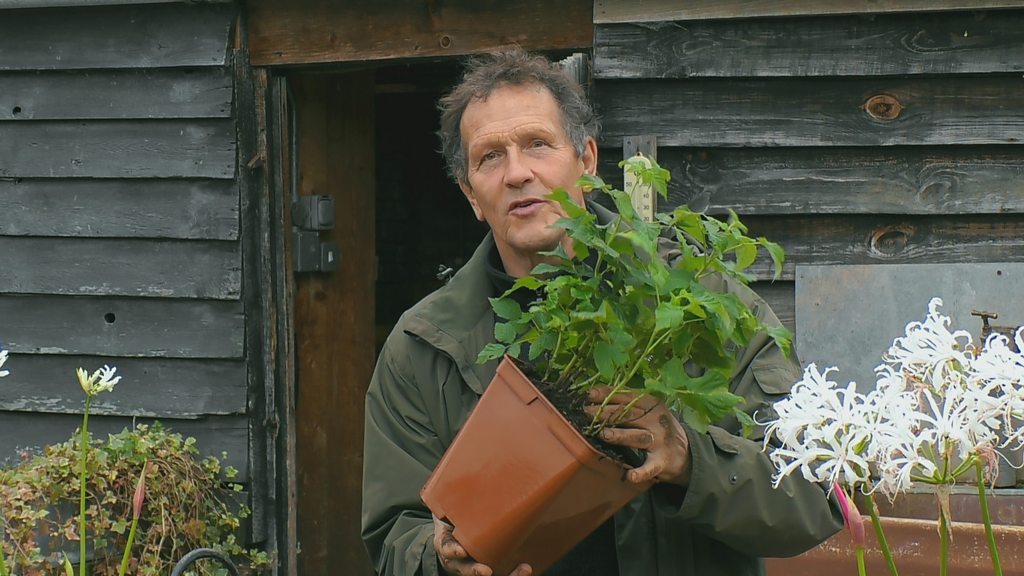
I am pretty sure that part of this episode was a repeat from last season. The item about insects and the houseboat.
Definitely. I hope the BBC is not planning another year of Gardener’s World with repeats, viewer’s videos, and presenters filming themselves. Film crews should have no problem staying 2 metres away from one another outdoors, and if the BBC feels the need to remind us the pandemic is still here (as if we’ve forgotten) everyone can always wear masks (and stay 2 metres apart) when visiting gardens.
site is fantastic, as smartly as the content!.
and i think the admin of this web page is in fact working hard in support of his website
Pingback: Gardeners’ World 2021 episode 3 — HDclump — Gardeners’ World 2021